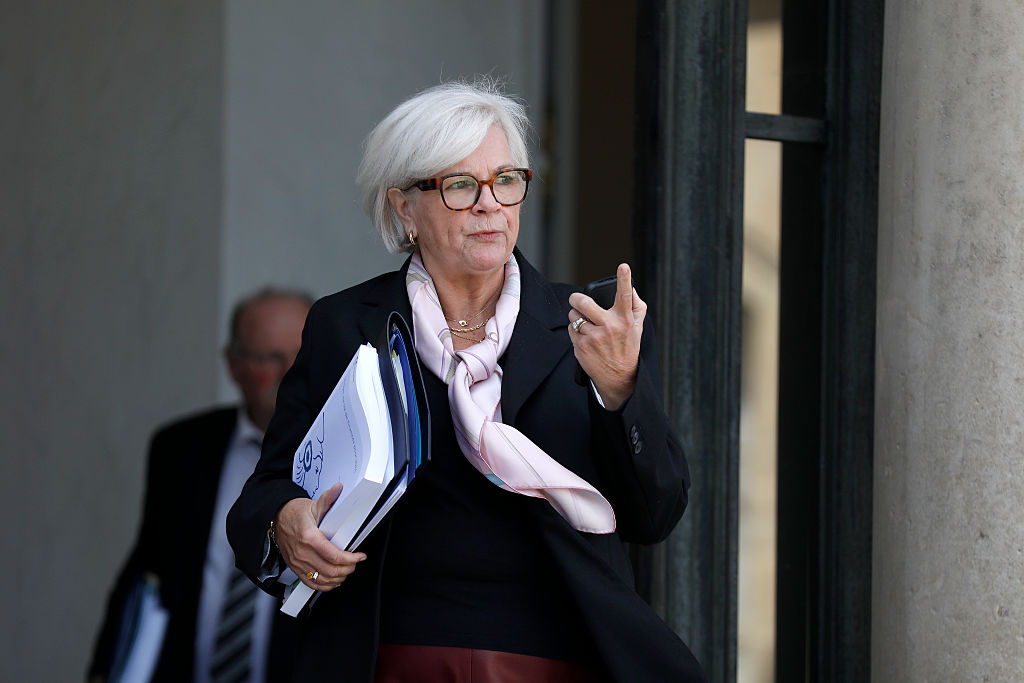Eurozone economy expands despite German, Italian stagnation
The uptick was driven by strong growth in Spain and an unexpectedly rapid expansion in France

The eurozone economy grew by 0.2% in the third quarter of 2025, beating analysts’ expectations, despite flat growth in Germany and Italy, according to preliminary data released on Thursday.
The quarterly expansion, reported by Eurostat, the EU’s statistics agency, represents an uptick from the 0.1% growth recorded in the second quarter of this year, and exceeds the 0.1% expansion predicted by economists in a Reuters poll.
Compared to the same period in 2024, output across the 20-country single currency area rose by 1.3%. Growth across the wider EU was slightly stronger, with a quarterly expansion of 0.3% and a year-on-year growth of 1.5%.
The uptick came in spite of stagnant output in Germany, the eurozone’s largest economy, where slowing Chinese demand and US President Donald Trump’s sweeping tariffs have hammered the country’s export-dependent industries. Italy, the eurozone’s third-largest economy, also registered zero growth.
However, an increase in corporate investment and aeronautical exports helped France to unexpectedly grow by 0.5%. The increase, which beat analysts’ forecasts of a 0.2% expansion, came in spite of the bloc’s second-largest economy being riddled by political instability since President Emmanuel Macron’s decision to call snap elections last year.
Meanwhile, an influx of migrant labour and a booming tourism industry led Spain, which has long been the euro area’s fastest-growing large economy, to expand by 0.6%. This was in line with analysts’ predictions, but slightly below the 0.8% growth registered in this year’s second quarter.
Why France’s political crisis isn’t (yet) an economic one
France, many claim, is on the brink of economic collapse. Just ask its own government.…
5 minutes

The data come as high energy prices, US protectionism, and increasingly fierce competition from Chinese manufacturers have largely been offset in recent months by Germany and other EU countries’ pledged increases in military spending and the delayed impact of the interest rate cuts by the European Central Bank (ECB) on eurozone investment and consumption.
Underscoring these conflicting forces, earlier in October, the International Monetary Fund hiked its growth expectations for the 20-country euro area to 1.2% this year, up from the 1% previously forecast in July, but cut its growth outlook for the eurozone for 2026 from 1.2% to 1.1%.
Eurozone output is nevertheless forecast to remain well below that of the US, which the Fund expects to grow by 2% this year.
The data also comes ahead of the ECB’s monetary policy decision later on Thursday, where the Bank’s decision-making governing council is widely expected to hold rates at 2% for the third meeting in a row.
The ECB forecasts that a stronger euro and softening labour cost pressures will cause inflation to fall to just 2.1% this year – well below the 10.6% peak following Russia’s invasion of Ukraine in 2022 and only marginally above the ECB’s 2% target.
(mm)









